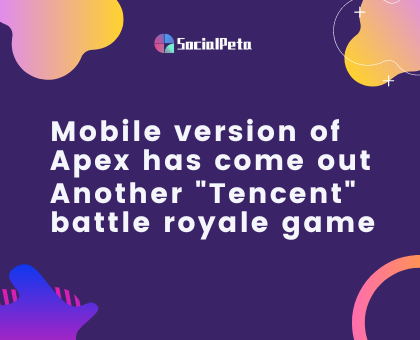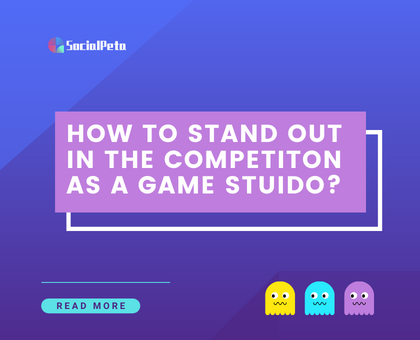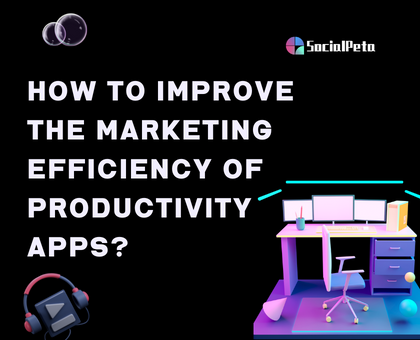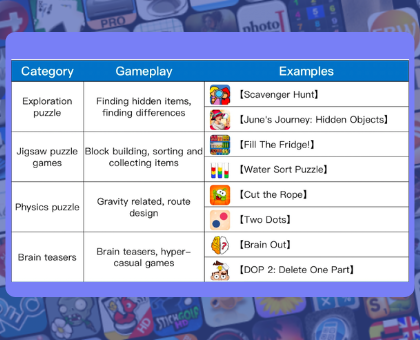Guest post: How could metaverse designers leverage gamification to entice customers?
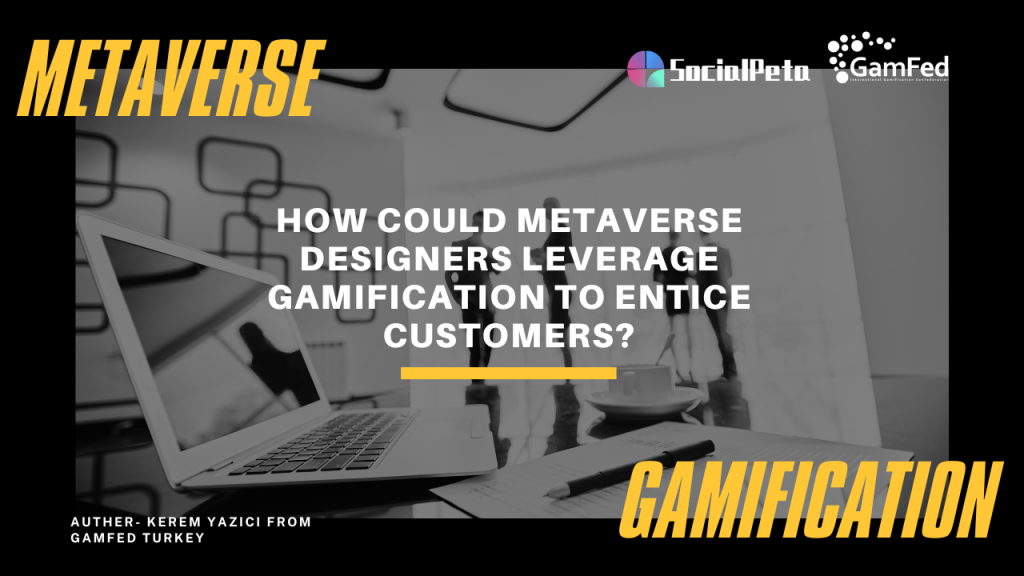
The future of the internet is here already. It’s called “Metaverse” these days. After the name change of Mark Zuckerberg’s Facebook to “Meta” in 2021, the rocket left the surface. Boom!
Although there is no common definition of the metaverse, it is believed to be the immersive and social experience of the internet with web 3.0, blockchain, and wearable technologies. The metaverse is set out to be limitless, continuous, immersive, decentralized and distributed, social and transparent to everyone.
In the article “7 layers of metaverse” by Jon Radoff on the Medium platform, he describes the metaverse as having 7 layers. From top to the bottom layer: Experience, discovery, creator economy, spatial computing, decentralization, human interface, and infrastructure. As you can see from the layers, infrastructure is needed first. 5G and 6G digital communication technologies will be driving the metaverse. The human interface layer consists of all the wearable technologies like VR/AR/MR and haptic suits. Decentralization is one of the key components of the metaverse. Centralized structures are not wanted in the future of the internet. The spatial computing layer basically means that the metaverse needs to be developed in 3D engines like Unity or Unreal. When building the metaverse, multitasking UI’s and mapping the canvas will also play a huge role. After all the technological layers are created, now there needs to be a community and an economy inside. Everyone in the metaverse will be a walking content or media creator. Discovering the metaverse should be carefully constructed because it will trigger the effects of the experience layer.
Discovery and Experience layers of the metaverse will need the mighty “Gamification” business model for all of its existence. Then we need to answer the next two questions. What is gamification? And how is gamification related to metaverse?
Although there are a lot of definitions out there, one of them by Niels Van Der Linden seems to include all. Gamification is a business model aiming to achieve a long-term behavior change in real-life’s motivational problems with the help of game theory and engaging fun techniques. Also, Gabe Zichermann said 75% of gamification is psychology and the rest 25% is technology. Therefore, all of the emotions and hormones are also involved. This is where the “Octalysis” framework by Yu-kai Chou comes in. Here are all the emotions of the “Octalysis” framework: Epic meaning, accomplishment, empowerment, ownership, social influence, scarcity, unpredictability, and avoidance. 8 core drives for the motivation of mankind. We all need the motivation to do anything in this life. Self-determination theory conveys that it is intrinsic (self-motivation) and extrinsic motivation (outsourced). If we have a high level of intrinsic motivation to do a certain task, it feels easy and funs while doing it. We all need awards after completing tasks. Awards are outlined in the SAPS model in gamification. From intrinsic awards to extrinsic models by order: Status, Access, Power, and Stuff.
“Flow Theory” by Mihaly Csikszentmihalyi is where gamification touches base with the metaverse. Flow theory says the player should be neither bored (having good skills on an easy mission) nor angry (having fewer skills on a hard mission). One should always be in the flow. We are all believed to be “Homo-Ludens”. The gamer person. We all play games in one part of our lives, whether as a child or an adult. We all felt desperate when our game was about to end, but then a lifeline of a bonus came to the rescue and give us an extra hand. This happens because the game wants to keep the player in a flow. How would the designers of the verse keep the players in the flow in the metaverse?
As gamers, we all have a “player type”. According to Andrzej Marczewski, all gamers have traits of the 6 player types: Disruptor, Philanthropist, Socialiser, Player, Achiever, and Free Spirit. Which one are you going to be in the metaverse? Would you like to socialize or play to achieve the points or disrupt?
In life, we all have journeys. In gamification, all players have journeyed as well according to Amy Jo Kim. It starts with discovery. After that, it’s the onboarding phase where you get to understand the rules of the game. After learning the game, habit building phase begins where you get to test yourself. Finally, you enter the mastery phase where you get the help of others or disrupt. How do you think the journey of the players will be in the metaverse?
Metaverse creators and designers have much to learn from game and gamification experts about all of these theories and techniques used.
In the discovery and experience layers, all of the definitions and theories outlined above should be considered deeply.
We all need the motivation to enter and stay in the metaverse.
We all need to stay in the flow in the metaverse, so we do not leave.
If not, game over. Please insert the coin.

